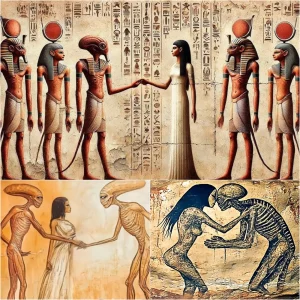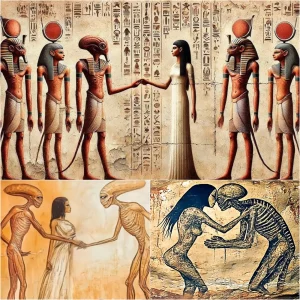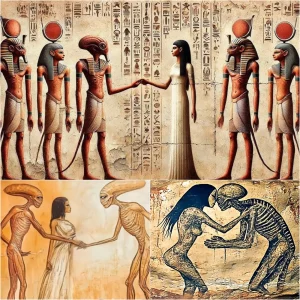Archaeologists recently unearthed a Buddha statue in the ancient Egyptian port city of Berenike, as announced by the Egyptian Ministry of Tourism and Antiquities. Made from Mediterranean marble, this significant discovery not only sheds light on the trade connections between ancient Rome and India but also marks the first known instance of a Buddha statue found west of Afghanistan, as reported by the New York Review of Books.
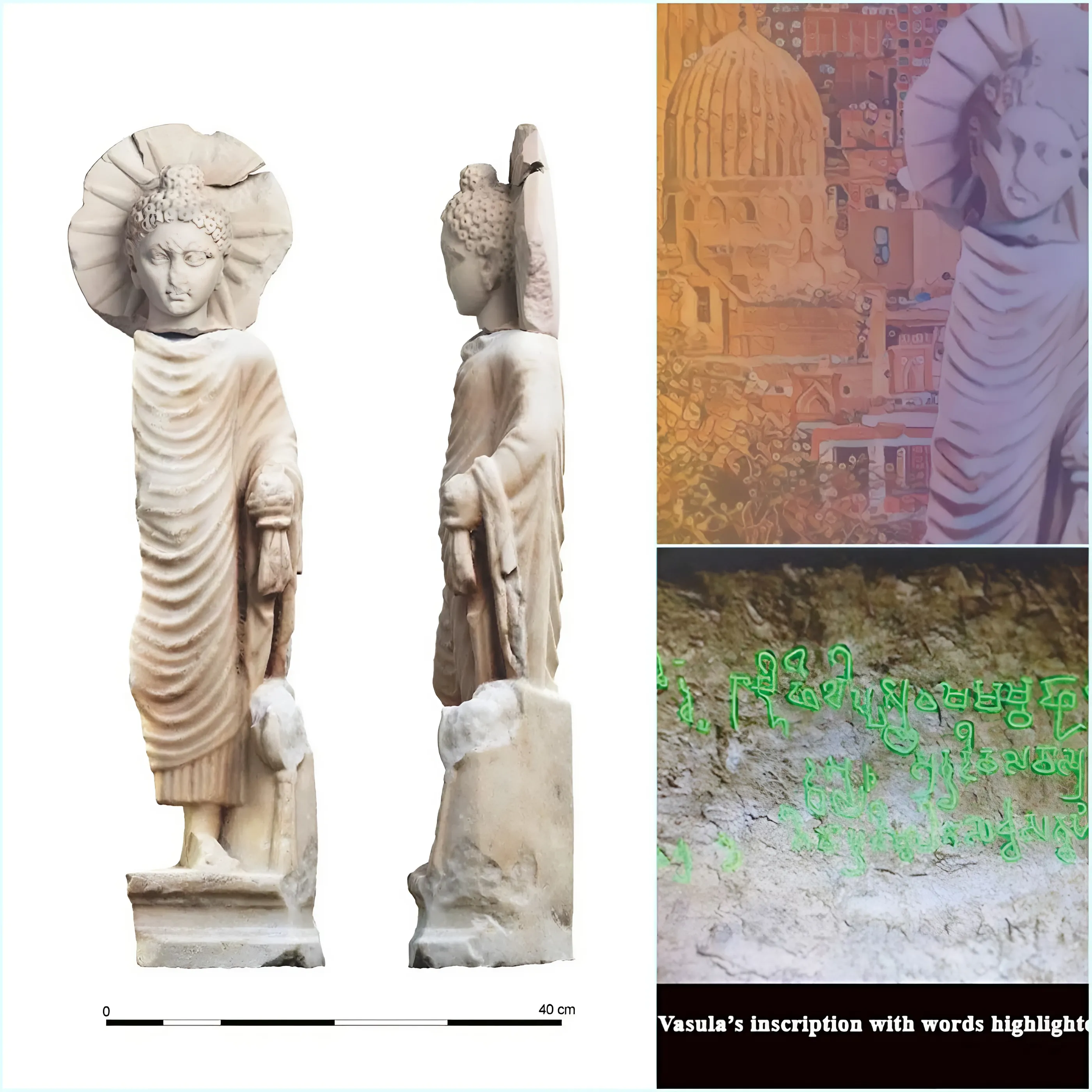
The statue, standing at 28 inches tall, depicts Buddha in a standing posture holding part of his robes in his left hand, adorned with a halo of sun rays around his head and accompanied by a lotus flower. Experts believe it was crafted in Alexandria around the second century CE.
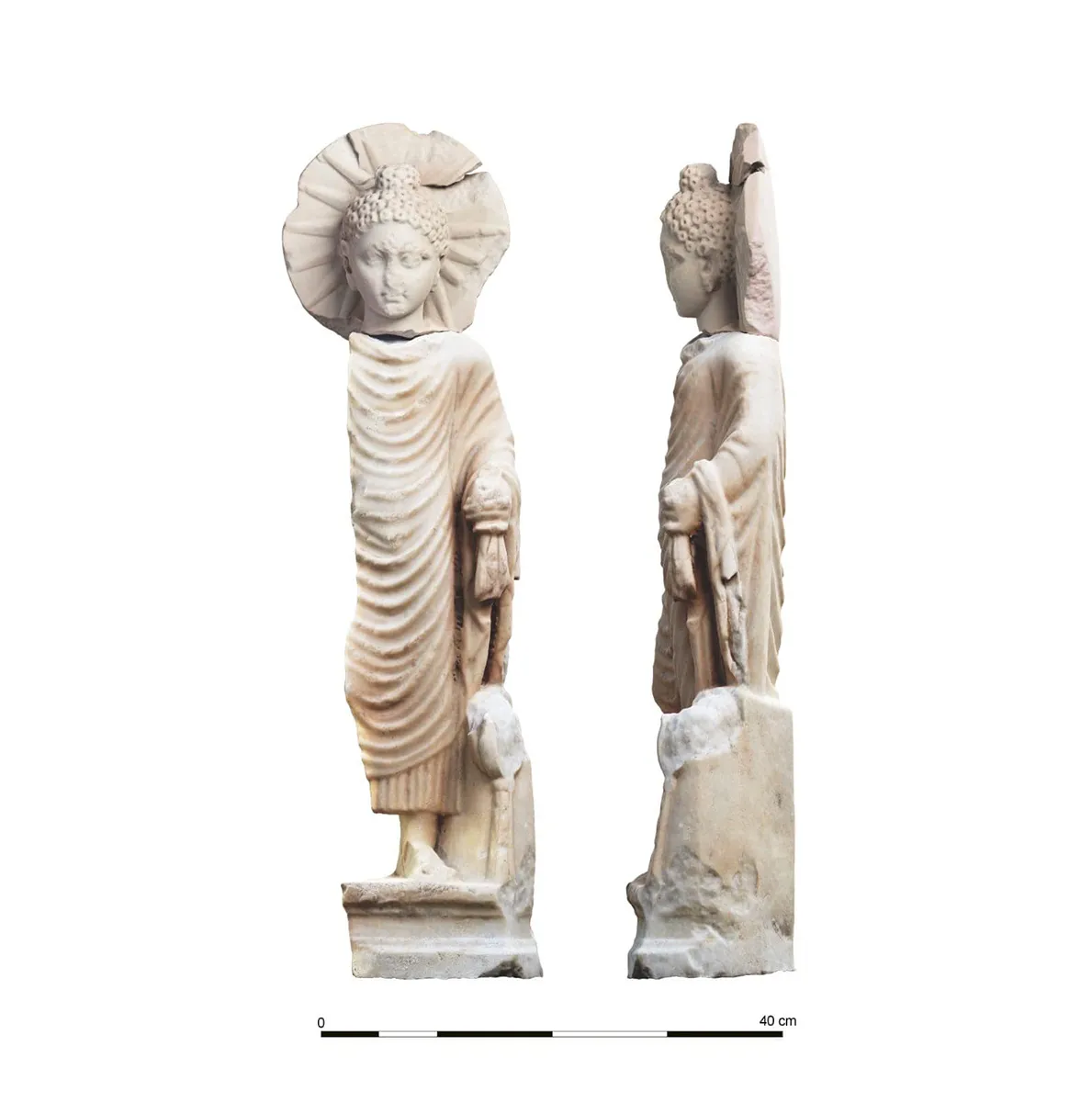
The excavation, led by historian Steven Sidebotham from the University of Delaware and archaeologist Mariusz Gwiazda from the University of Warsaw, also revealed a Sanskrit inscription dating to the reign of Roman Emperor Marcus Julius Philippus, known as Philip the Arab (244–249 CE). Additionally, two coins from the middle Indian Kingdom of Satavahana, dating to the second century CE, were discovered at the site.
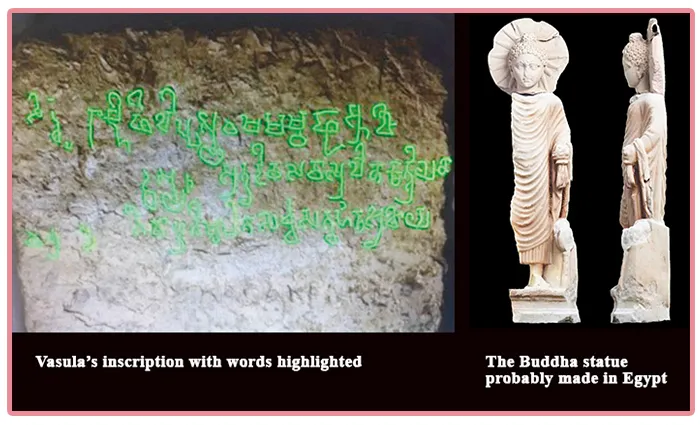
These findings highlight the extensive trade and cultural exchange networks between Ancient Rome, Egypt, and India during antiquity. Egypt, positioned strategically along Roman trade routes, served as a vital conduit for goods and ideas between these regions. Berenike, established in the third century BCE, flourished as a major port under Roman rule until its decline in the sixth century CE, facilitating trade in commodities such as ivory, textiles, and semi-precious metals.
The discovery underscores Egypt’s historical role as a hub for international commerce and cultural exchange, enriching our understanding of the interconnectedness of ancient civilizations across vast geographical distances.


